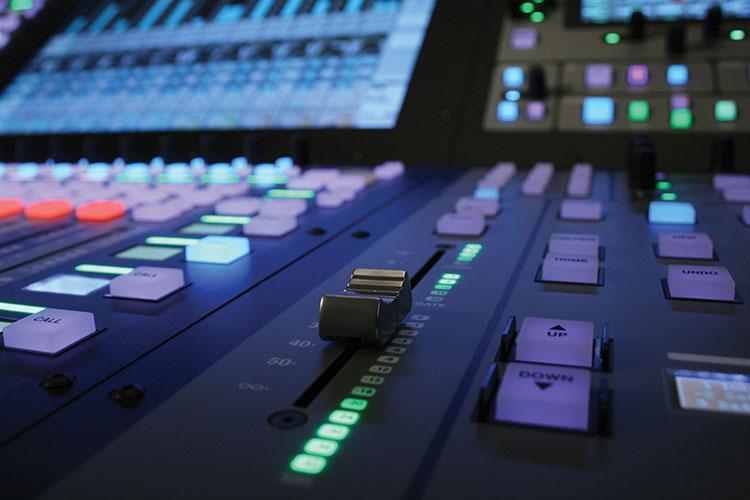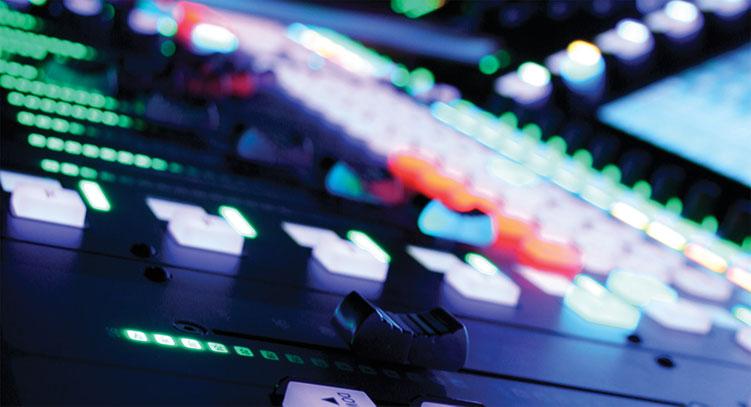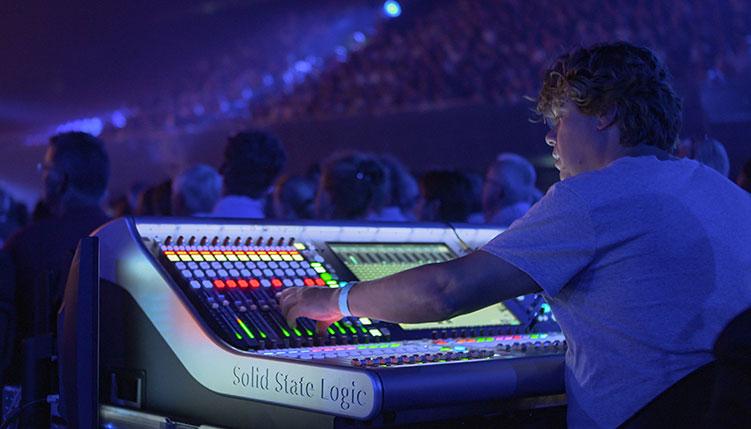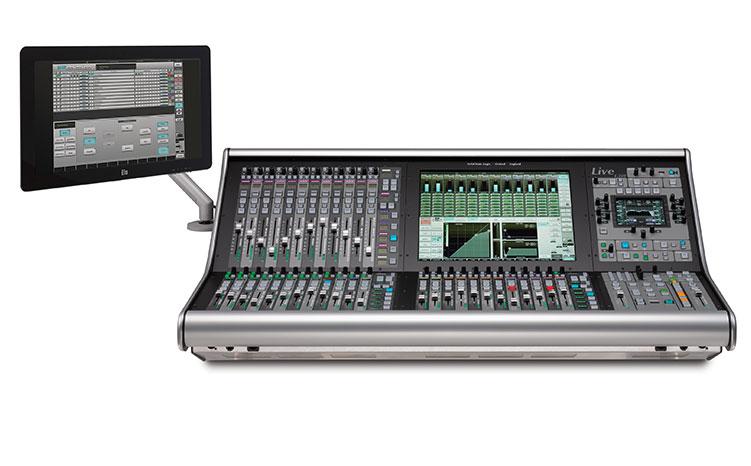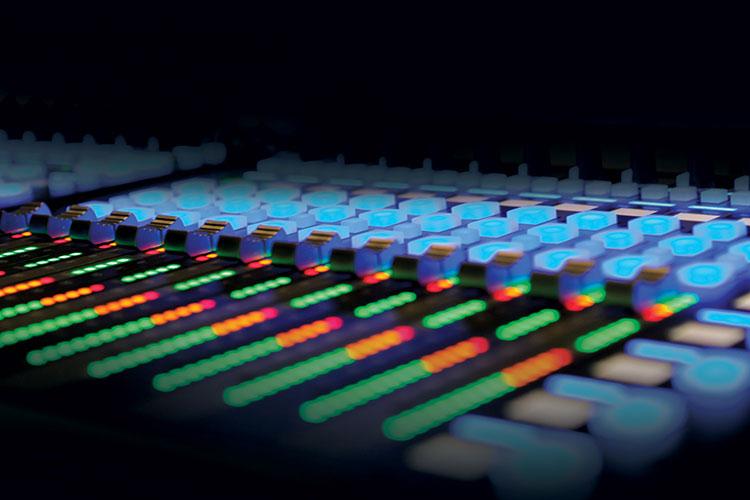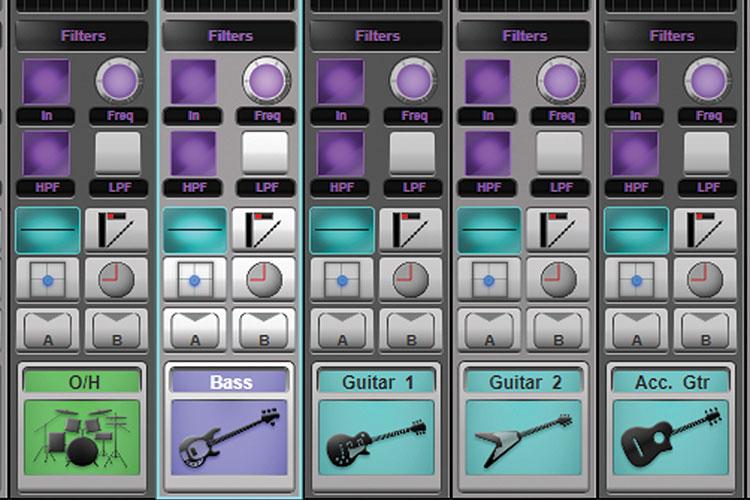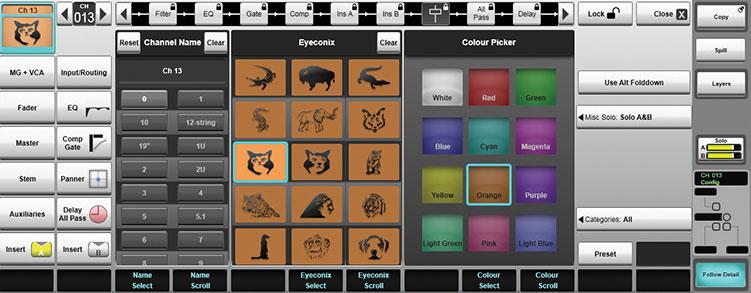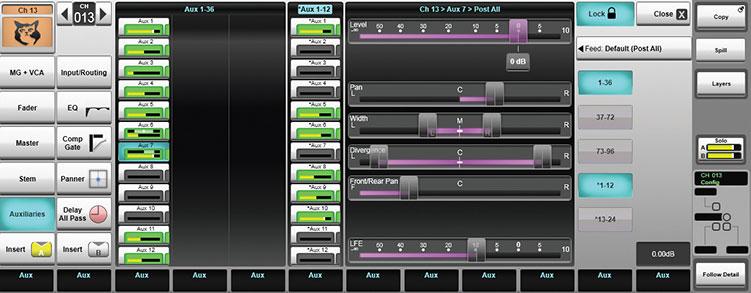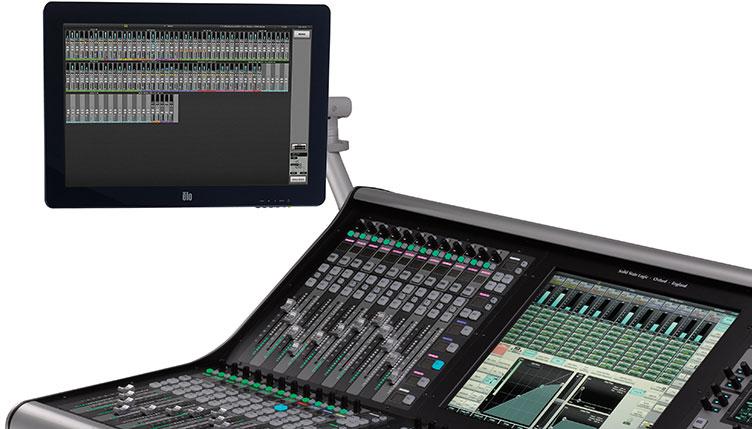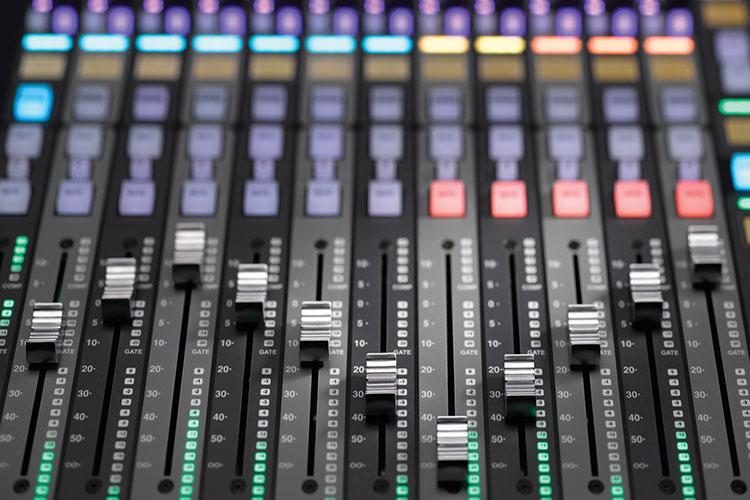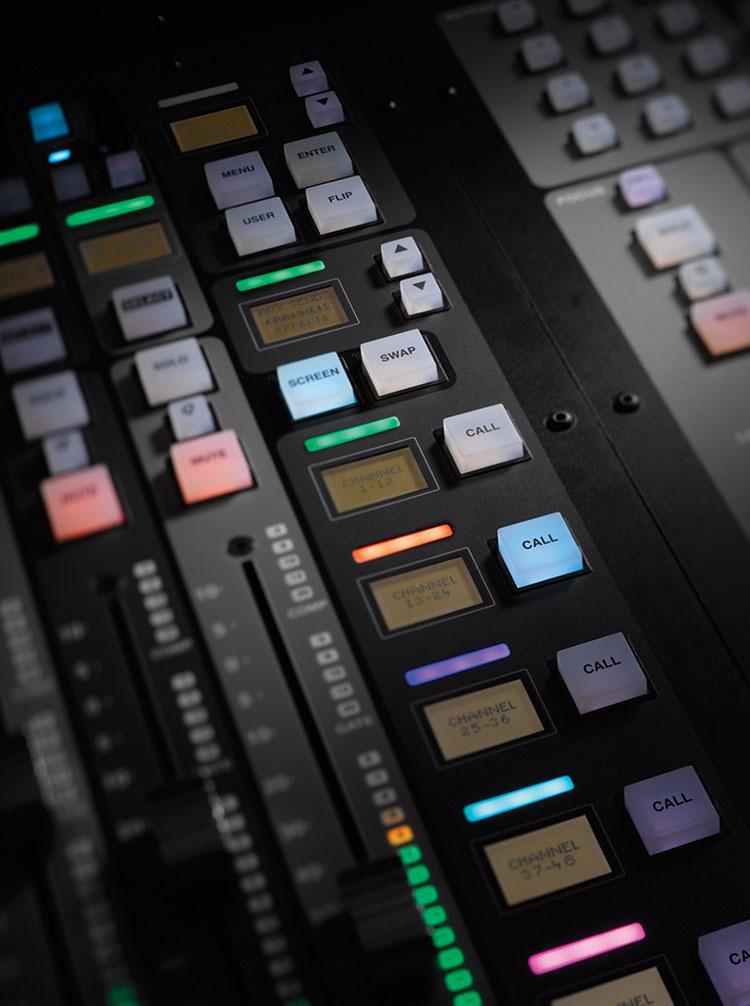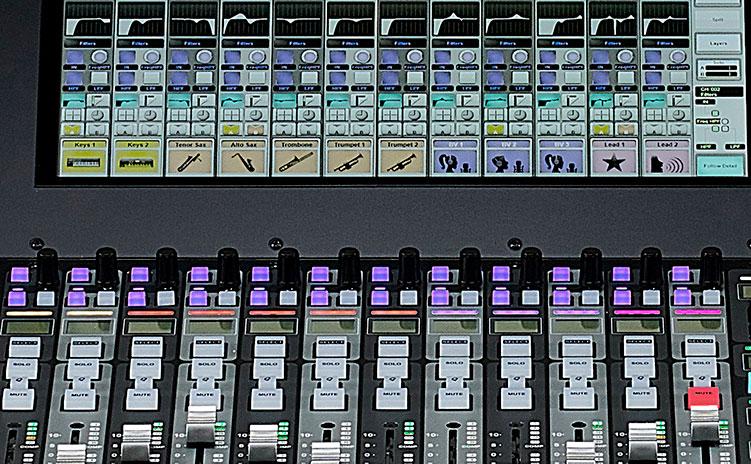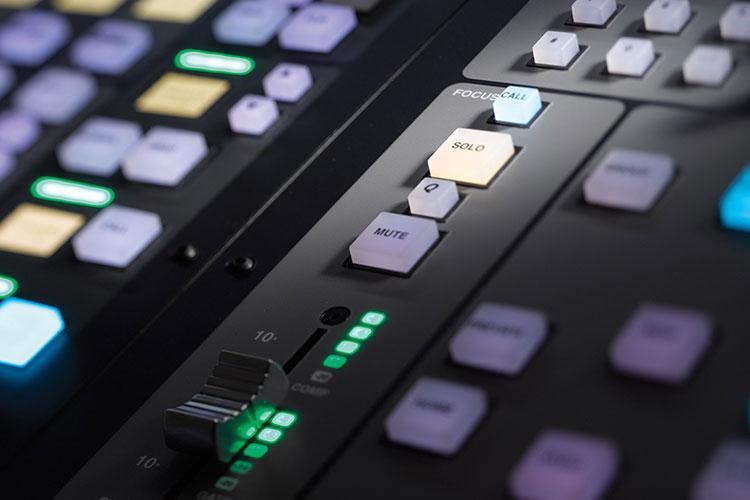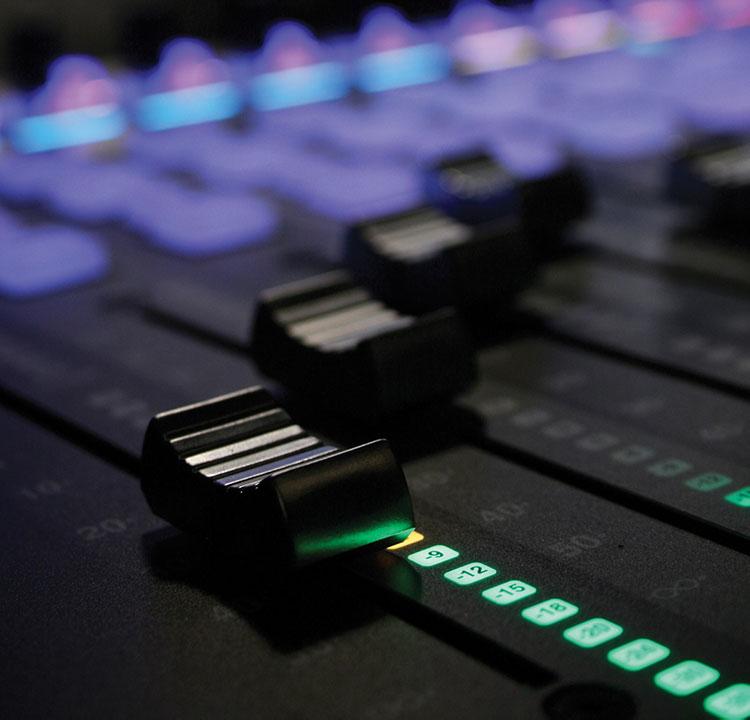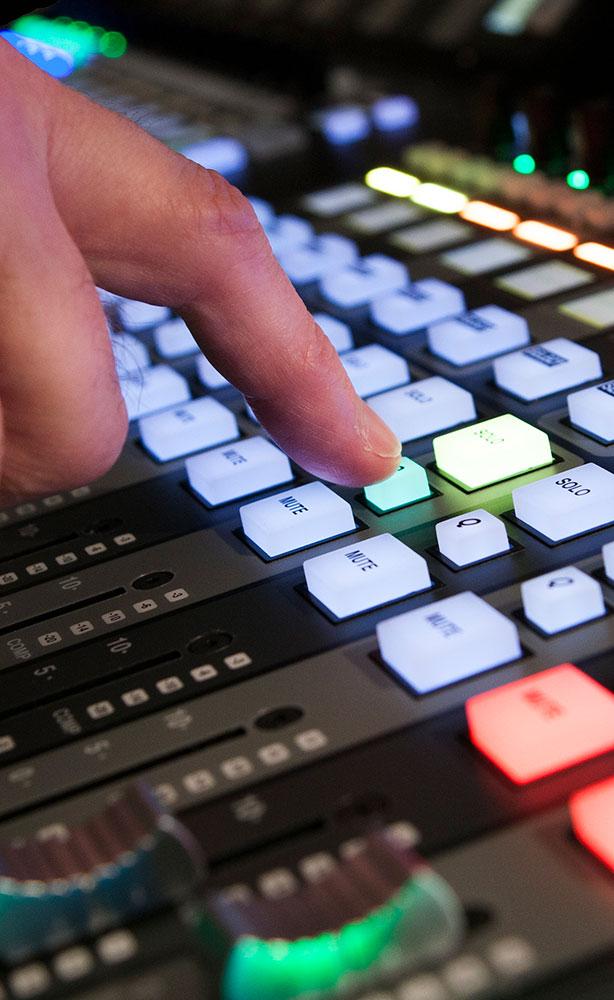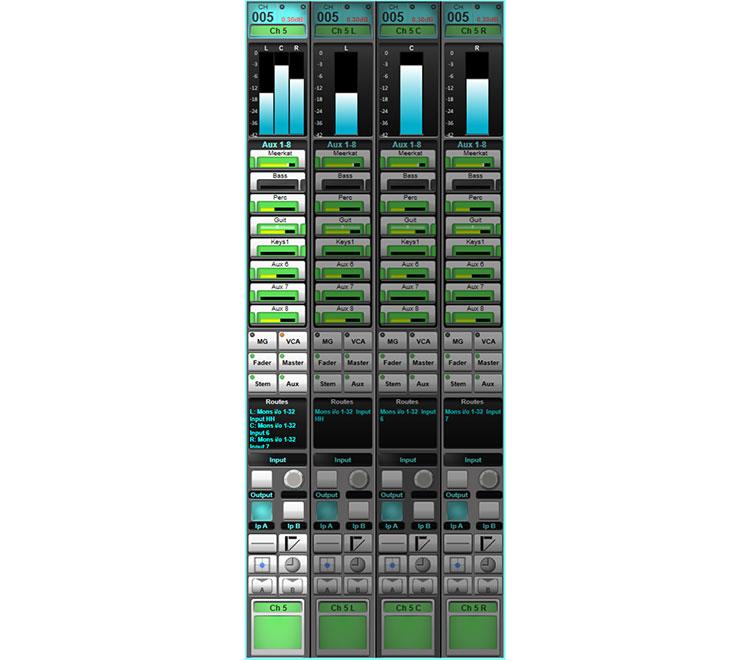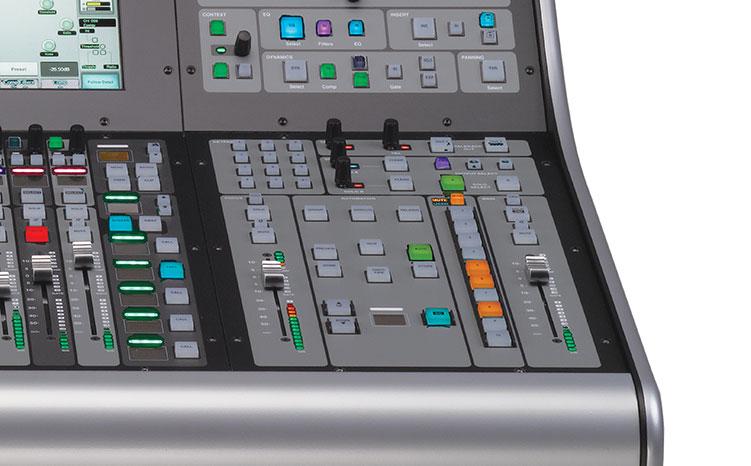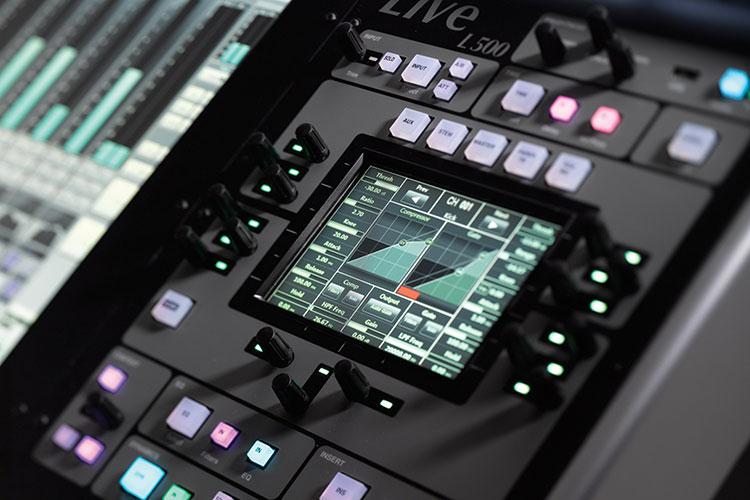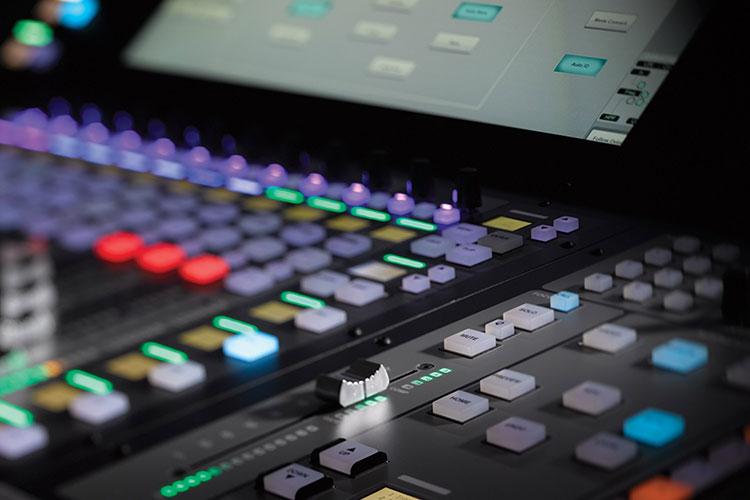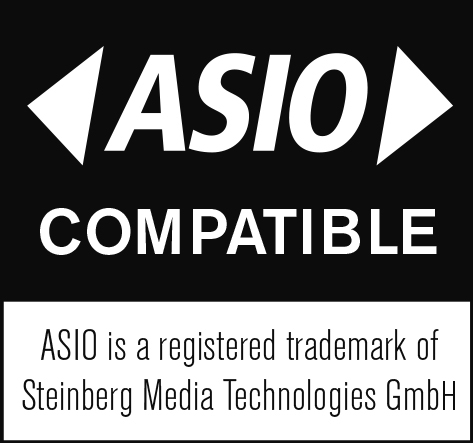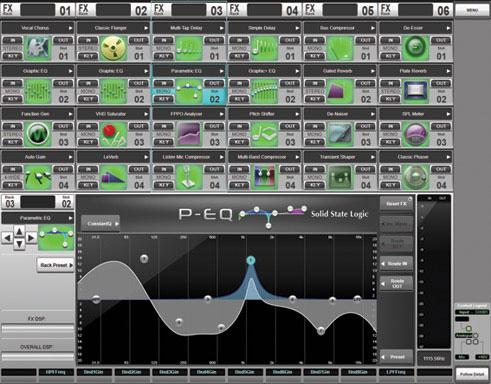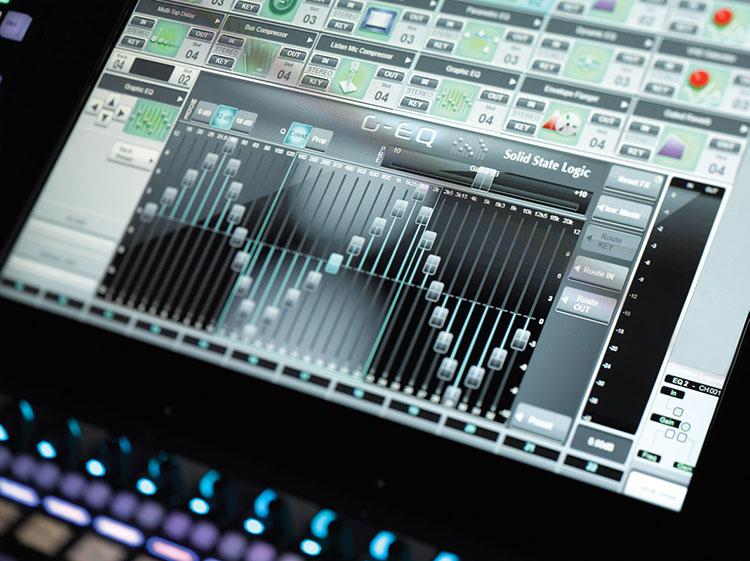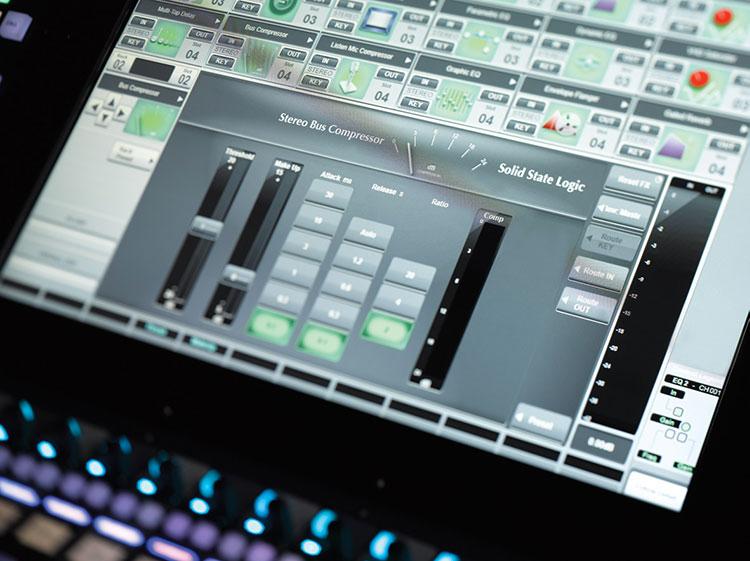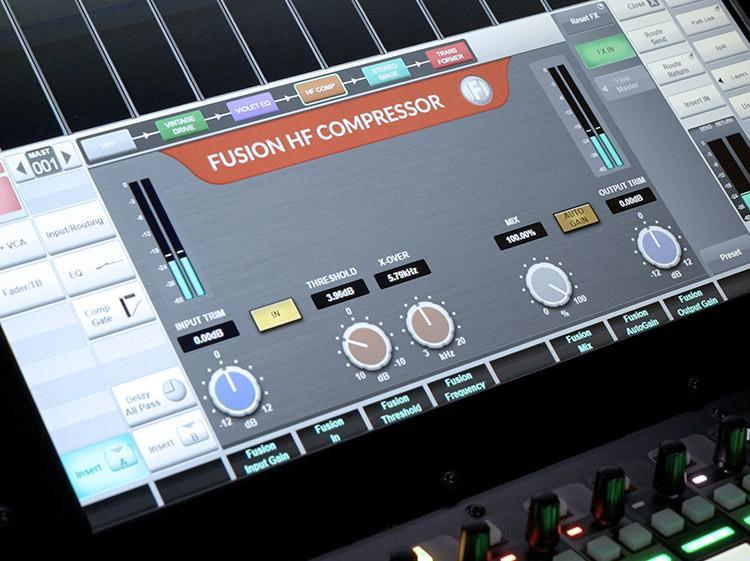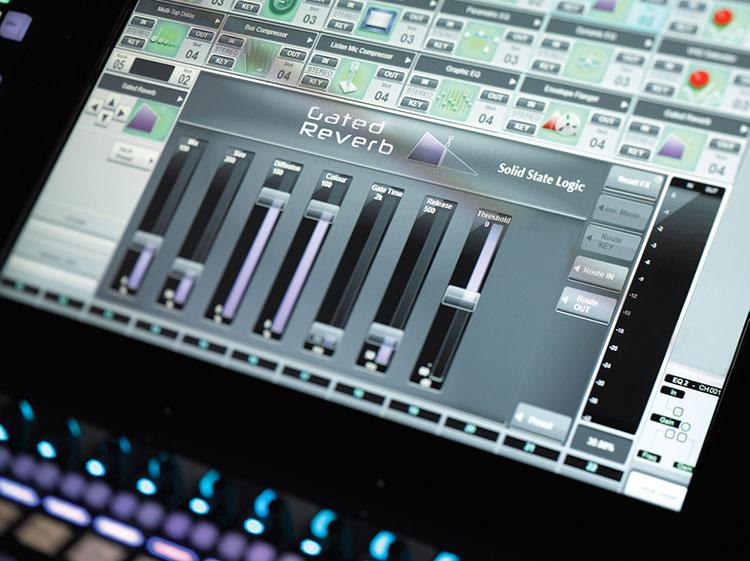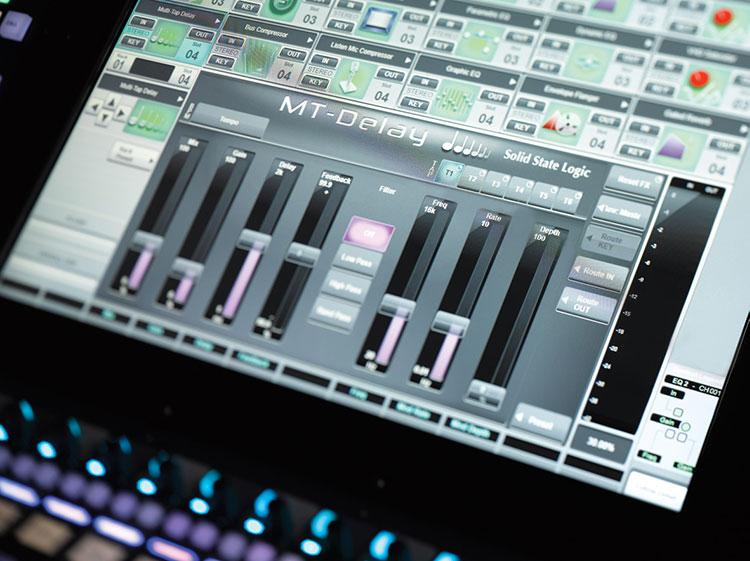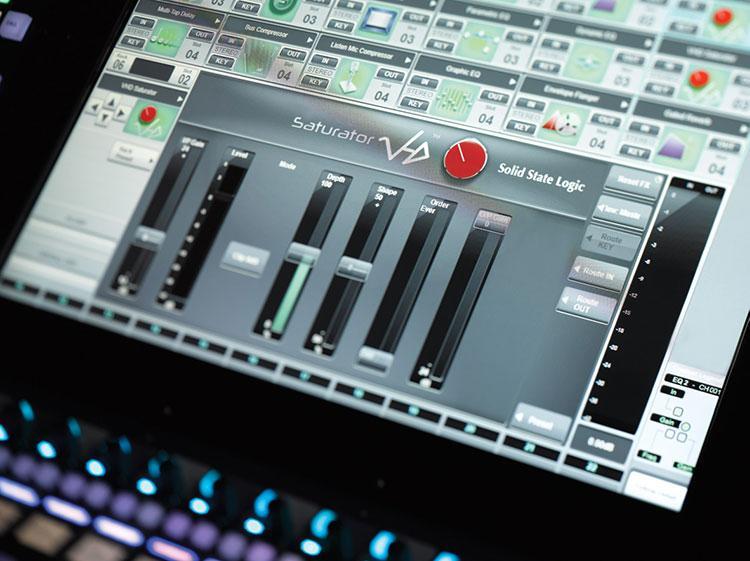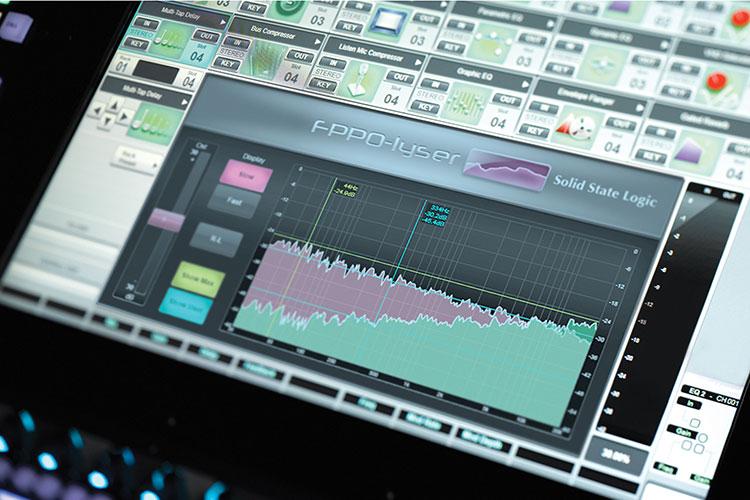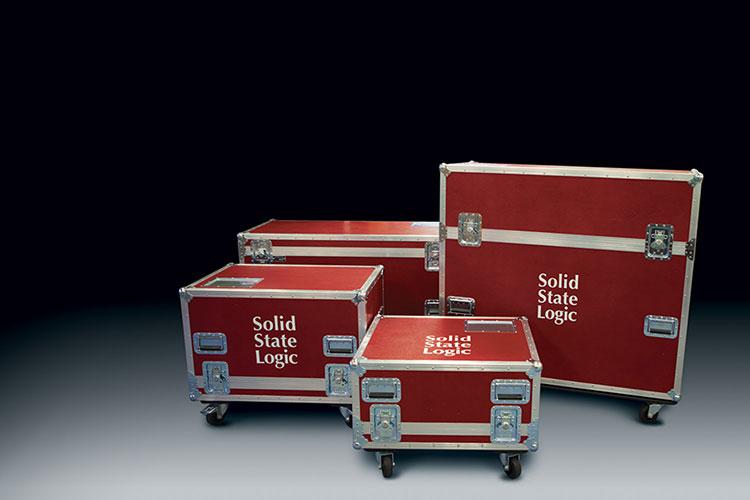An at-a-glance view of the whole console’s signal flow is essential. The Console Overview provides this on a touchscreen that enables the operator to immediately identify and access a channel or bus that needs attention. Selection of any channel or bus to the Focus Fader and Channel Tile is literally one press away at all times. With meters and bright red overload indicators for every input and output, identifying issues is easy and a single press brings a full set of path controls to hand.
A dedicated Automation interface can be displayed on the main screen or an external monitor/touchscreen.
Keeping control of even the largest sessions is very straightforward with Live. It is an open architecture system that allows the user to place any Channel, Stem Group, VCA, Aux, Master etc anywhere on the available Fader Tiles using a beautifully straightforward drag and drop Layer Manager interface. Whether at FOH or Monitors, Live allows you to create your own personal perfect layout. The combination of superbly elegant Layer & Banking and Super Q hardware controls and excellent touch screen layouts make navigating and controlling sessions extremely fast and superbly comfortable.
With L500 Plus a Tablet can be used to bring additional touch screen control over Channel Processing and Effects Rack processing using the SSL TaCo tablet control application.
Additional screens connected to external PC's or touchscreen laptops running SOLSA can be arm mounted to the console to bring yet more touchscreen control options.


